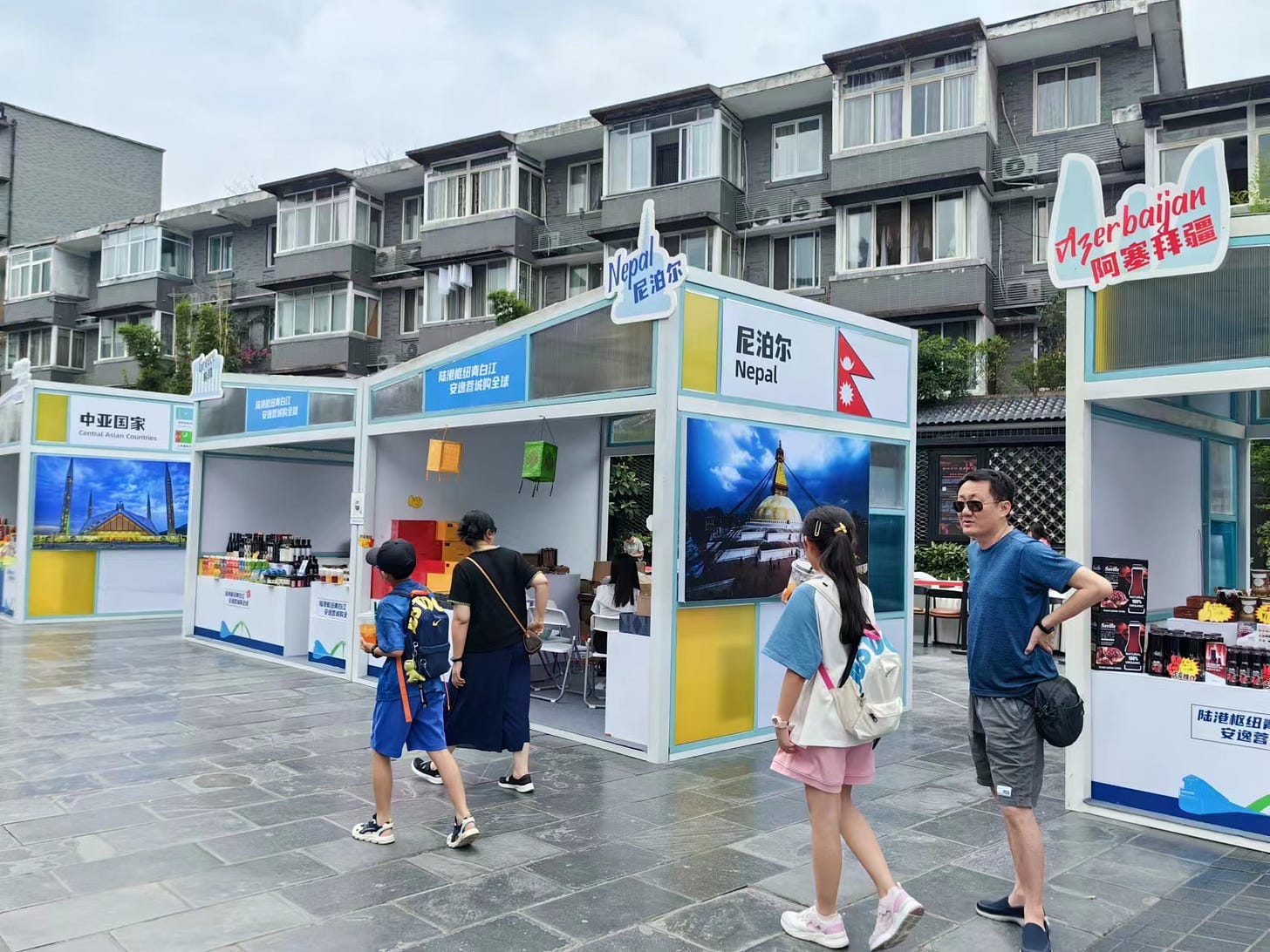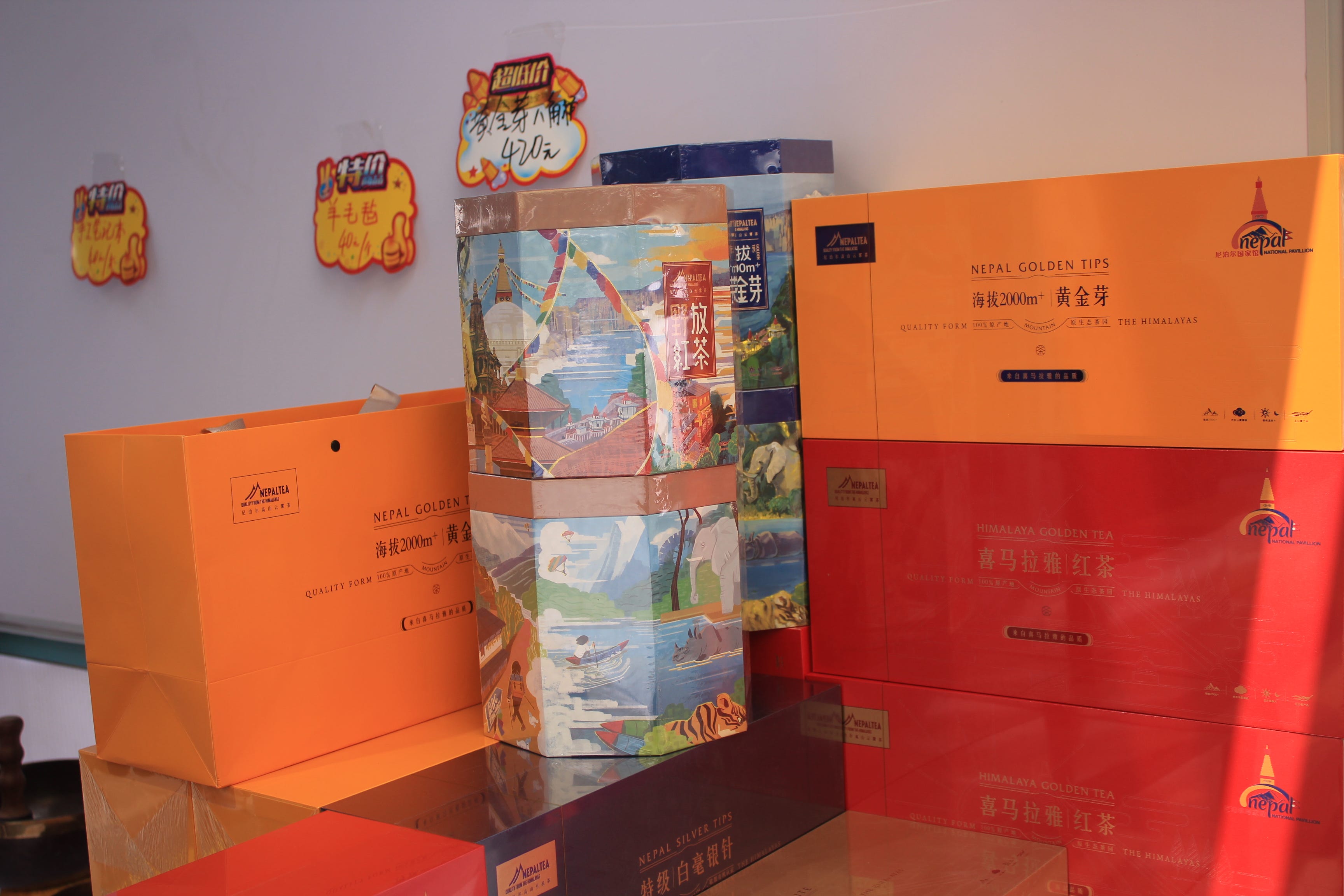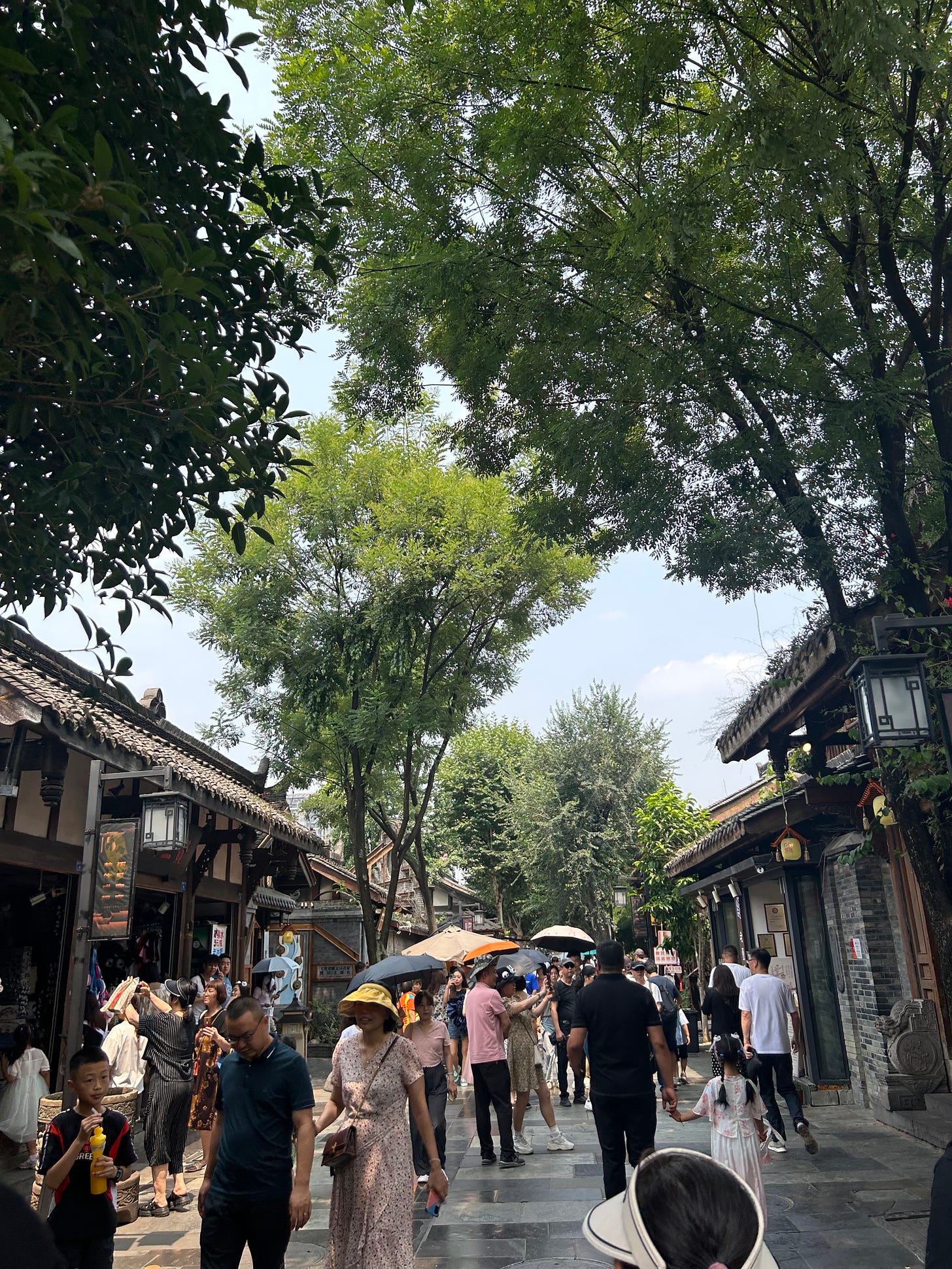Context: This is a brief commentary on one of our observations in Chengdu on matters concerning importance of packaging to promote any brand in China.
A popular Chinese saying that holds the reputation of Sichuan goes by “少不入川 老不离蜀” (The young shouldn’t enter Sichuan and the old shouldn’t leave it) indicating that the laid-back lifestyle of the place will turn the young people unambitious while in old age, this is the perfect place rest their drive. Sichuan’s capital is Chengdu, one of China’s fastest growing cities that takes three hours to reach from Kathmandu. A thriving metroplis, Chengdu’s weather, lifestyle and its close proximity makes it an important city for Nepali traders and businesspeople in China.
In fact, upto 2016, four Nepali enterprises invested in Sichuan with total investment of USD 220,000. At the same time, 5 Chinese enterprises from the province had assets in Nepal worth USD 54 million.
Right at the heart of Chengdu is Tianfu Square, an area sprawled with futuristic technology displays and thriving consumerism. Close to Tianfu Square is Chengdu’s famous Wide and Narrow Alley (宽窄巷子), and like the name suggests, its alley features a beautiful preservation of traditional architecture of old Siheyuan(s) (four-sided enclosed courtyard) with plenty of activities to keep pedestrians engaged. Famous for their tea house culture, Chengdu has an old saying, “ 头上青天少,眼前茶馆多,” meaning: Fewer sunny days over the head, more teahouses in front of the eyes. If you are from Kathmandu, you can imagine Ason and Indrachowk to be something like Wide and Narrow Alley someday: no vehicles passing through, thriving street market, and enough walking space for pedestrians.
At Wide and Narrow Alley, we observed a Chinese trader selling Nepali tea with grandeur packaging that caught our attention. We were unprepared for Nepali tea with an eye-catching packaging design, so we naturally inquired about it.

As we commonly see in Nepali supermarkets, the entire display of different Nepali tea was initially brought from Nepal in their packaging of paper bags or woven pouches. The tea is then repackaged in Chengdu to meet the Chinese gaze and standards. The businessman casually pointed at the original packaging in the corner. He said, “Considering the rich gift-giving culture in China, the presentation of the tea is naturally as crucial as the tea itself.”

When hovering around Chinese supermarkets or e-commerce platforms like Taobao (Alibaba), one can see the packaging of products incorporating unique aesthetic visual elements such as color, character, and patterns that emphasize artistic conception.
Contextualizing the importance of packaging in Chinese culture and society can be helpful to understand its role in making the product attractive. The social concept of “face” (面子)refers to and associates with the person’s dignity and prestige which is deep rooted in the Chinese society. Hence, “loosing one’s face” is the last thing any Chinese would want. Just like how the face is a part of our appearance, the packaging of a product becomes its “face”. Hence these Nepali products are caring our face and image to China and lucky for us, being polished, to “save face”.
In Nepal, as we expect Chinese tourism to rebound, the presentation of a product that can incorporate both Chinese and Nepali essence is equally, if not more, essential to help accelerate purchases.
The trader further articulated, “Those [in Nepal] types of packaging don’t work here; Chinese people prefer solid and more thoughtful packaging.” As we were preparing to leave, a few visitors slowly walked by as they took a closer look at the tea. The trader immediately switched to the Sichuan dialect as he announced some details about the tea, “No pesticides or medicine used in this tea.”
*****************





Lovely. Good information